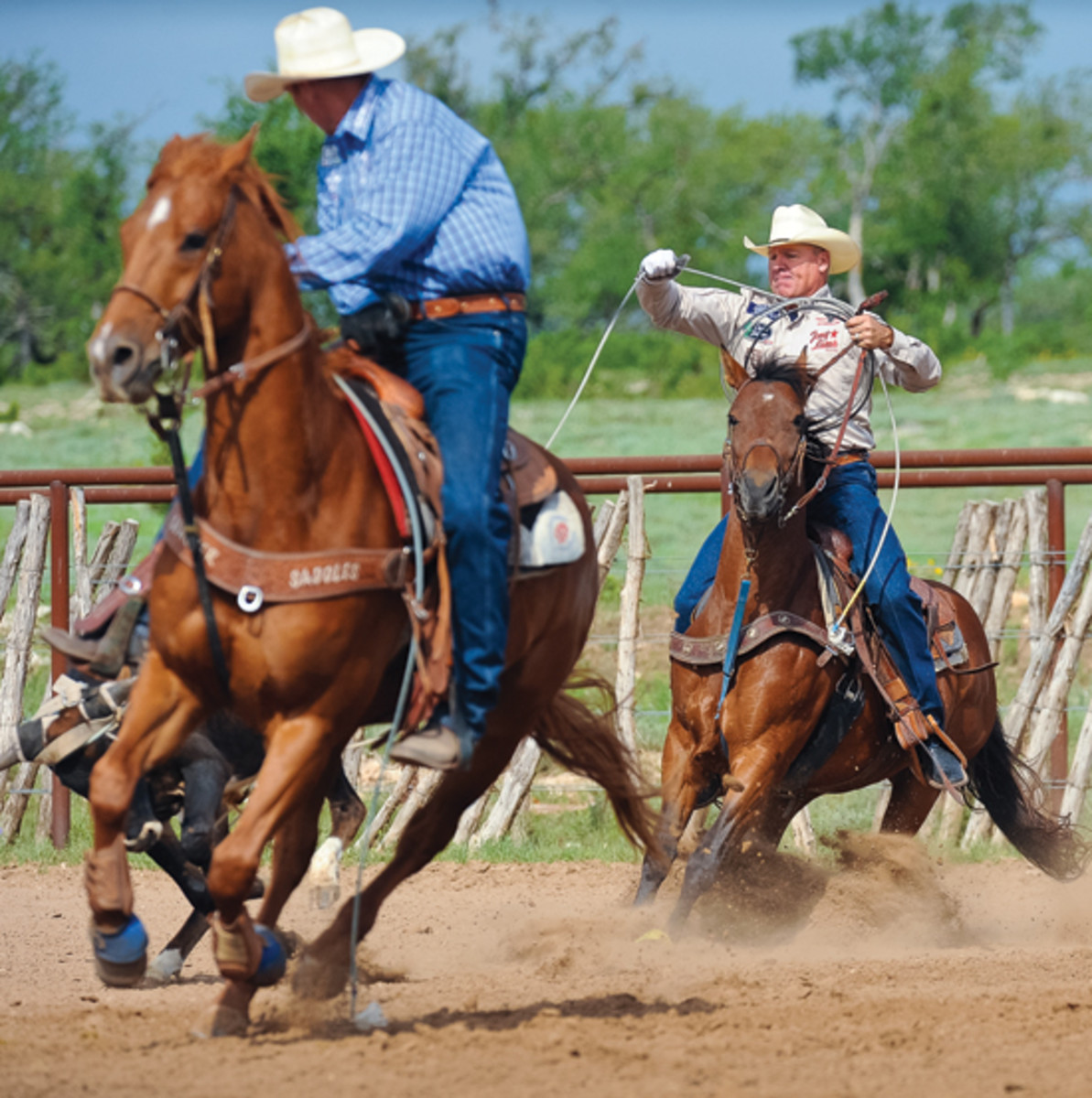When I started roping I started emulating, copying and trying to do what I saw in the best ropers. I tried to do what I saw them doing, because it worked. I tried to learn from them, and to see if those things they did would work for me. In the early stages you think in a little more general sense. You’re just trying to get in the right spot and have the right swing and delivery to make it all work. But there comes a time when you have to go deeper. I know for myself that really happened when I started teaching schools. I needed to know how to break it down and understand the minute details of everything I did, and why some things worked and some things didn’t.

Teaching taught me a lot about the mechanics of my roping—such as the swing, delivery, the measurements and size of my loop, how much spoke to use, how much is in-between your hands, and whether you feed on the last swing or you don’t. With all of those things, there is a cause and effect. All those little things make a difference, so we have to explore what works for us, because everybody’s different.
Your horse and the way you set a pattern on your horse—whether you like to rope close or more out in front of you, the angle of your entry, etc.—is all going to translate into how you ride your horse and the consistent pattern you ride him in to set up the kind of shot that works for you. There are a lot of little details that take trial and error. These things just come by making lots of runs and trying to concentrate on and note the cause and effect of those little details.
The way you ride—whether you stand up more or stay down in the saddle more, whether you lean forward or stay straight up and down—is also in the details of how your horse is going to work, and how it’s going to affect the angles of your swing right down to the delivery. That’s another aspect that has to be dealt with and covered, to where you again find what works best for you and your horse.
The type of horse you ride—whether you like a horse that stops real hard or is freer in the delivery, or whether you like a horse that wants to turn in or has a little softer corner—and those little subtle differences in how a horse has a tendency to work are personal preference. Some horses have more cow in them than others. All of that has an effect on the outcome, as well. The top guys are always searching for the horse that suits them the best.
How you handle your horse with your legs and your left hand—which is your gas pedal and steering wheel— determines how you control a live animal that feels everything you do. The details of how you work the controls of your horse will also affect the outcome. If you have a defect in your riding you can get on the best horse in the world and you might mess him up with one little detail, like what you do with your left hand or with your feet. Every great roper has worked on that area, as well, because you have to hit your spot every time.
When it all comes down to it the mental game comes into play. You have to be able to focus, no matter what’s going on around you. You have to execute the run and do what you’ve trained yourself to do. When you back in the box your focus has to be totally on that steer, where he’s about to go and how you’re going to maneuver your horse into position to set up the shot. Then you have to execute the shot when it presents itself. When you’ve trained yourself and have practiced reacting correctly, then you have the confidence to back in the box when the money’s up and let yourself be free to react. You’re basically going to do what you’ve trained yourself to do, and have the confidence to know that it’s going to work.








